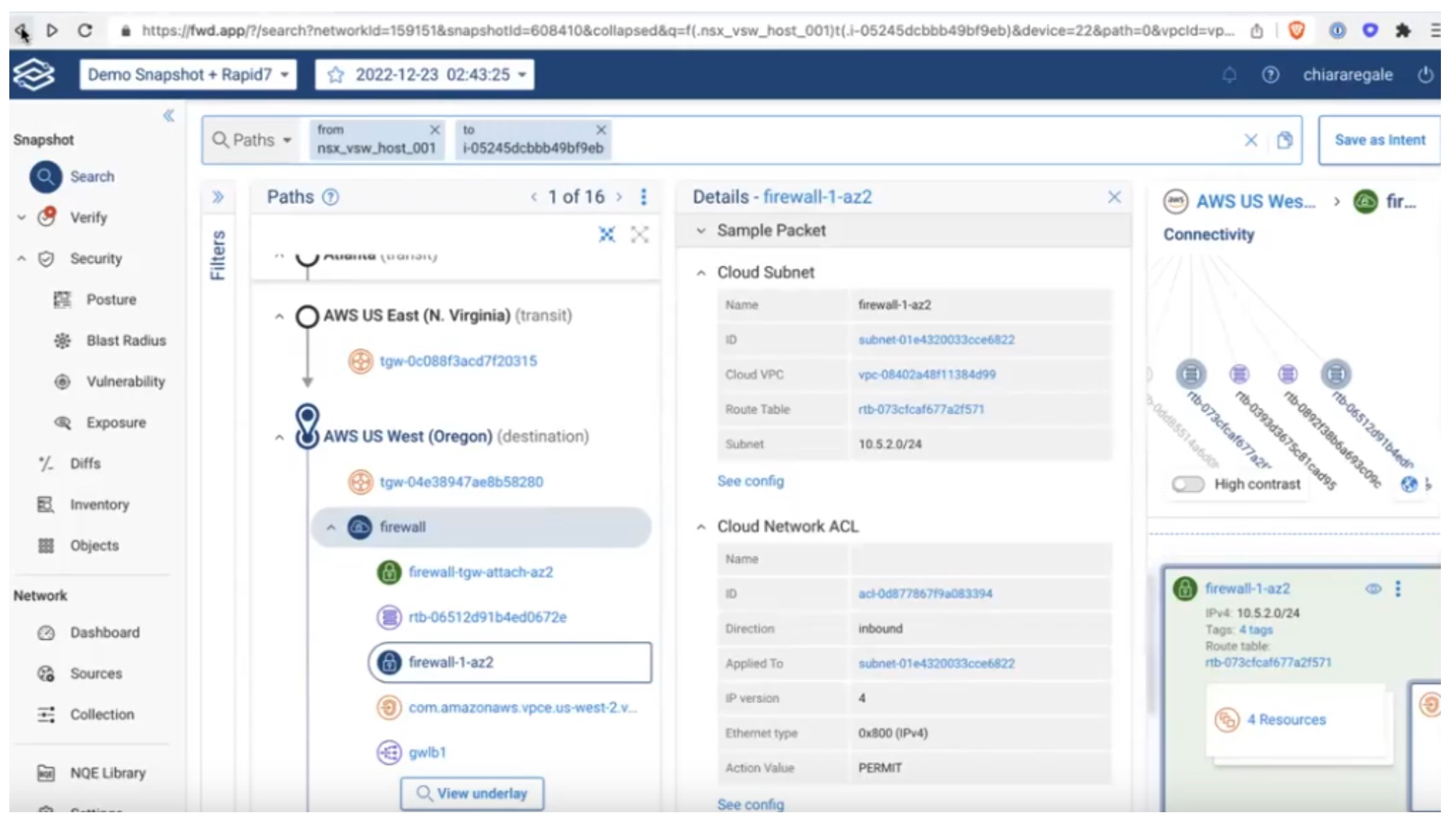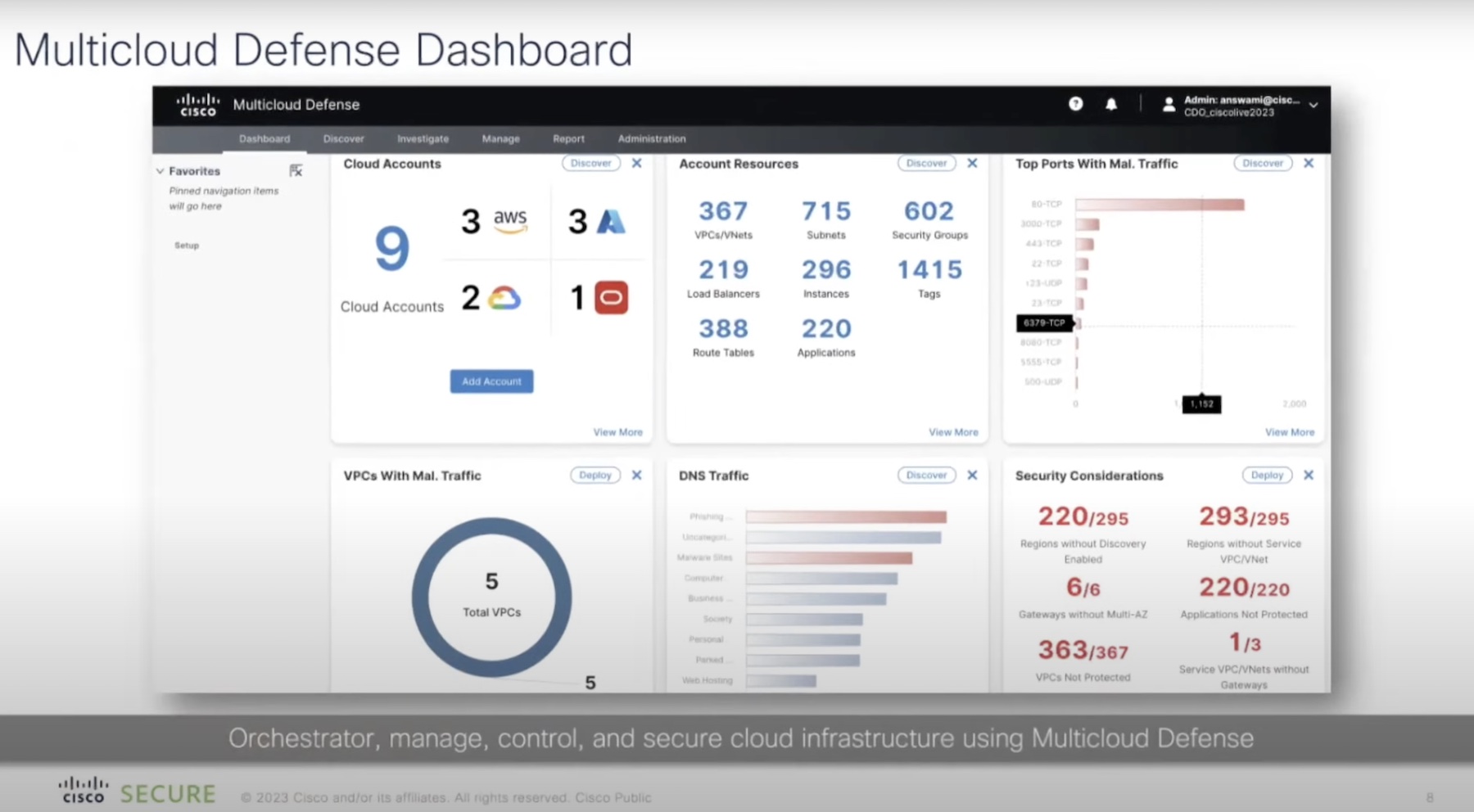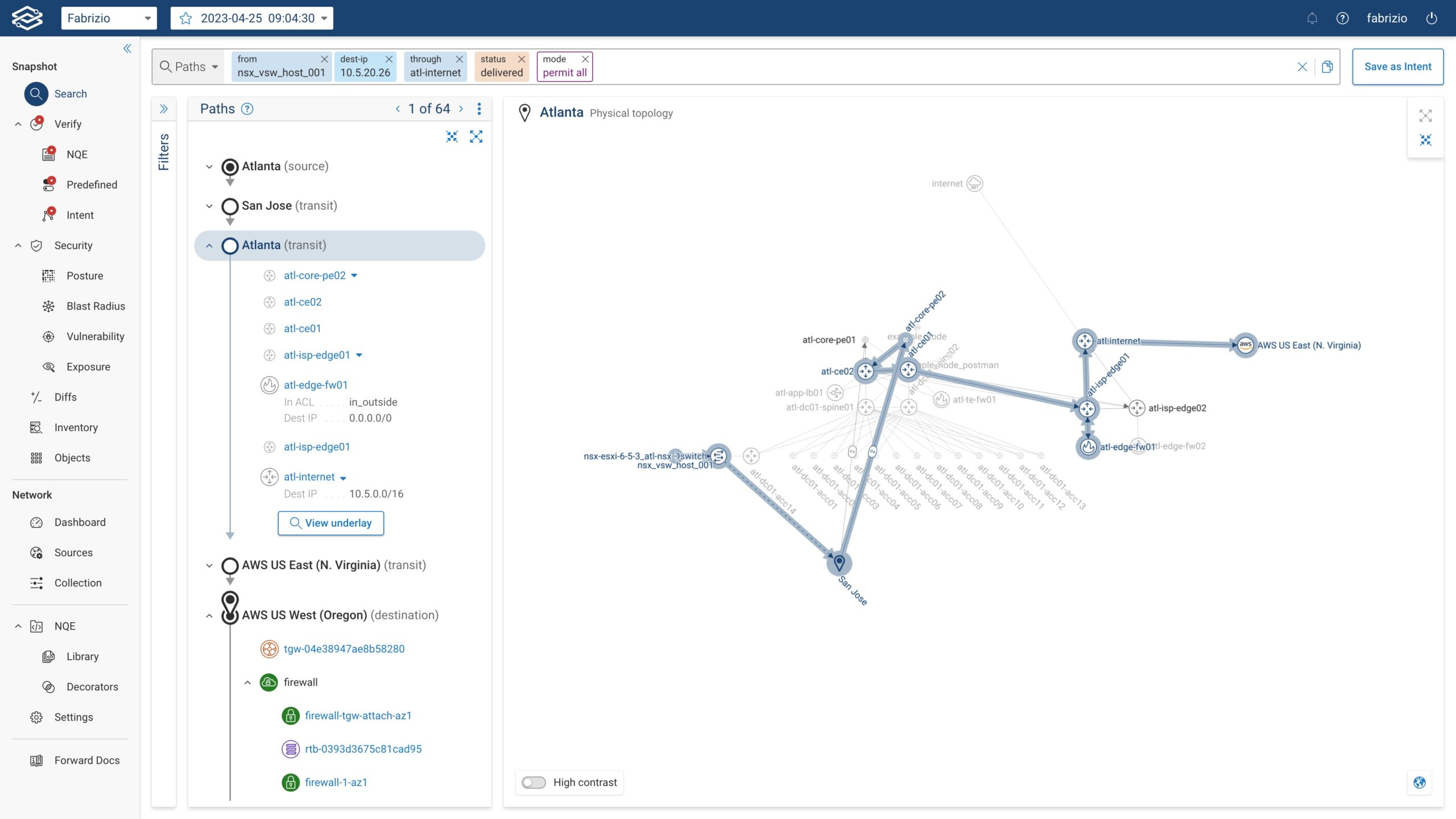In today’s rapidly evolving digital landscape, maintaining a robust and secure network infrastructure is crucial for businesses. Network observability – which is the ability to gather updates with each collection contextual data and draw out valuable inference – plays a fundamental role in ensuring secure network operations.
However, achieving observability is especially challenging in multi-cloud environments, where disparate cloud providers offer varying levels of visibility.
Network Observability: Unveiling the Truth
The foundation of network observability lies in visibility and validation. Visibility provides existing information about network operations, enabling identification of anomalies. Observability, on the other hand, goes a step further by streaming real-time contextual data, facilitating in-depth analysis and uncovering new insights within specific domains.
Simply put, observability serves as a measure of validation, ensuring that network operators’ beliefs about the network’s performance align with reality. The greater a team’s ability to answer network-related questions and validate its state, the higher the level of observability achieved.
Hybrid Multi-Cloud Observability
While cloud providers by default offer a certain degree of visibility within their own environments, the problem starts when dealing with hybrid multi-cloud scenarios. Cloud vendors each possess a unique scope, scale, and format of observability, none of which provides holistic solutions for network visibility, security, and policy configuration. This creates a void making comprehensive observability across the entire network landscape, both within and across cloud platforms, impractical.

Recognizing this challenge, Forward Networks took a proactive approach. Extending their cutting-edge digital twin technology into the public cloud domain, they now provide digital twin observability for all major cloud platforms such as AWS, GCP and Azure. The technology is also available for on-premises networks.
The digital twin provides deep observability of distributed network devices and compute resources across cloud platforms. Tailored to fit the distinctive characteristics of cloud environments, it encompasses critical cloud resources like VPCs, gateways, transit gateways, web accelerators, and workloads themselves.
Multi-Cloud Security: Strengthening the Defenses
In the past year, Forward Networks has seen a significant surge in the adoption of their Cloud Modeling solution. While many customers utilize it for service assurance – ensuring proper connectivity and configuration – Cloud Modeling offers much more.
It serves as an excellent tool for verifying security policies and compliance in the cloud. This additional layer of functionality improves attack surface management and cloud security posture.
Within Forward Networks’ toolbox, three tools stand out in providing multi-cloud security through deep observability: Paths, Posture, and Blast Radius.
- Paths: Think of it as a supercharged traceroute tool. Instead of just showing the data path, it reveals all possible paths between two network nodes in a vendor agnostic format. Users can walk that path, hop by hop, and verify ACLs and configurations along the way. At every hop, they can drill into specific devices or functions and access crucial details, including the configuration itself.

- Posture: This tool gives users a matrix view of network segmentation, telling them how things are interconnected. It considers layer 2, layer 3, and layer 4 aspects, all in one comprehensive view. With Posture, users can gain a deep understanding of their network’s structure and connectivity.

- Blast Radius: Imagine having the power to see what a compromised host or node can connect to. Blast Radius provides visibility into potentially compromised hosts, helping users contain and mitigate security breaches proactively.

Crucially, Forward Networks’ solutions extend beyond native cloud provider devices and functions, encompassing third-party integrations through APIs. This ensures complete observability across a diverse range of network assets.
The Bottom Line: Security through Observability
Network observability serves as a linchpin for maintaining a secure and resilient network infrastructure. In the realm of multi-cloud, achieving that observability is even more challenging due to the absence of unified visibility across cloud platforms. Forward Networks has risen to that challenge by extending their digital twin technology to major cloud providers.
Their solutions not only deliver deep observability, but also enhance security through tools like Path, Posture, and Blast Radius. With Forward Networks’ comprehensive approach to multi-cloud observability and security, businesses can unlock the full potential of their networks, and ensure a robust and protected digital ecosystem.
To learn more, check out the Forward Network presentations from the recent Cloud Field Day event.




